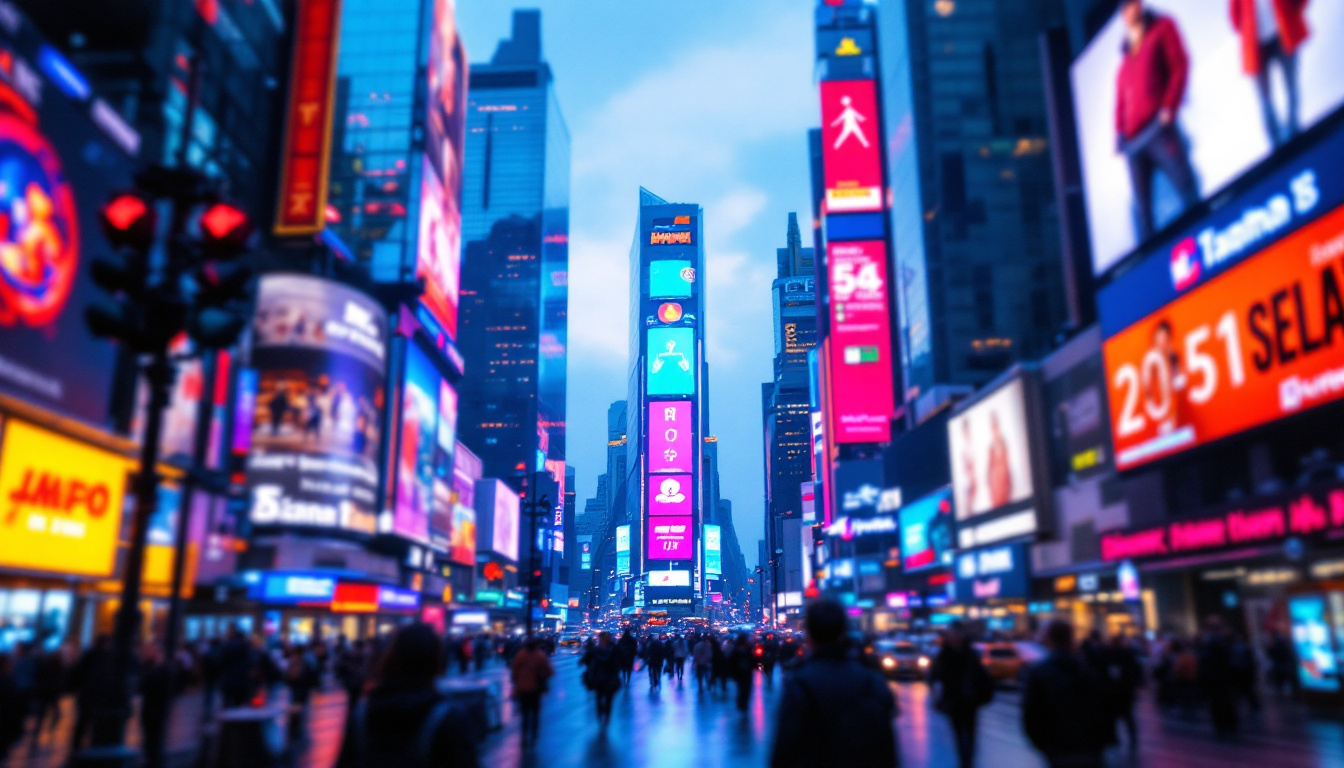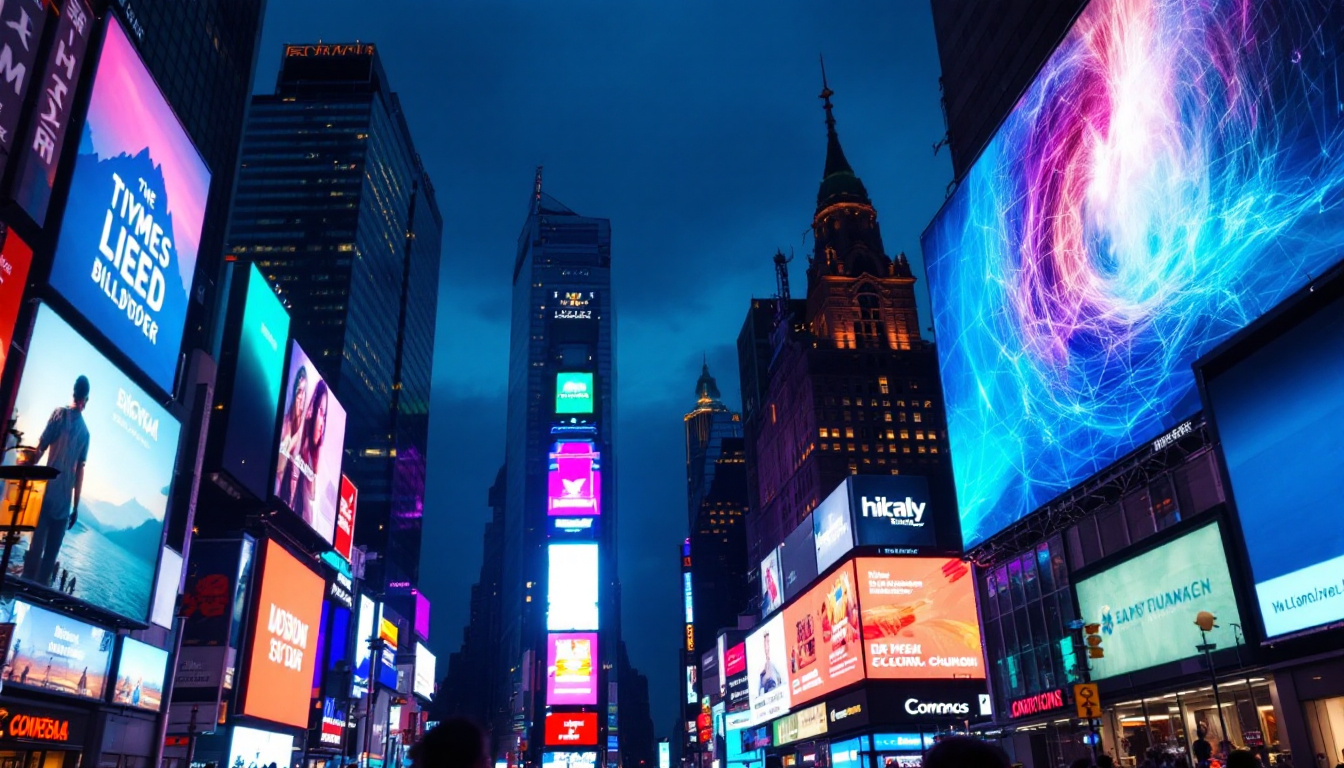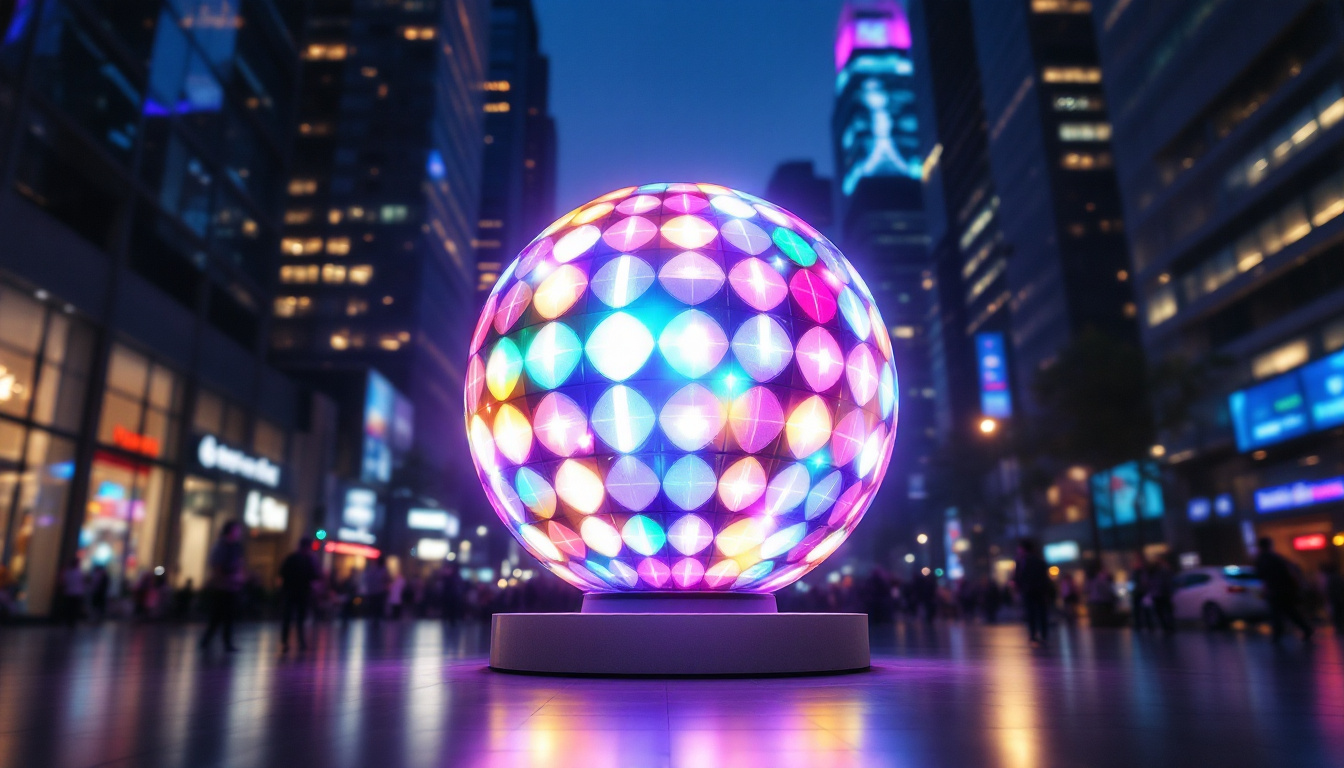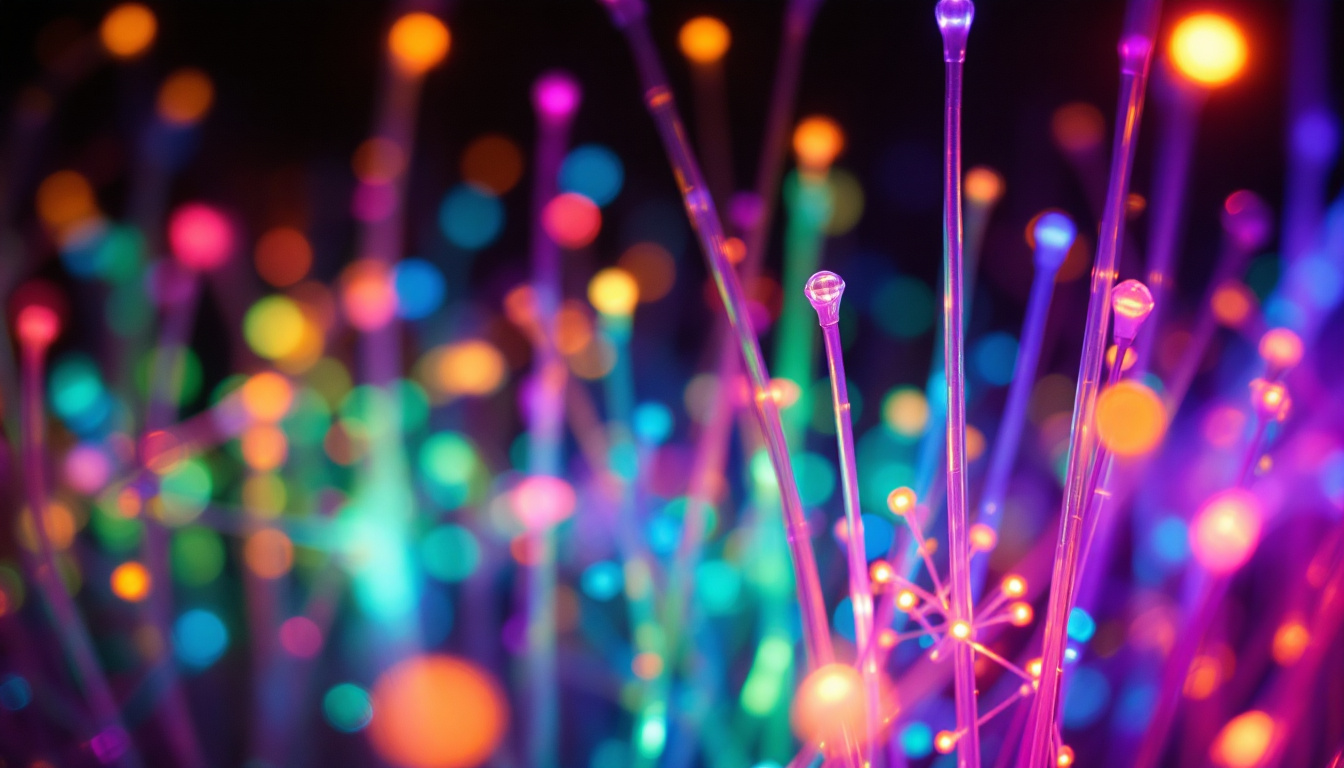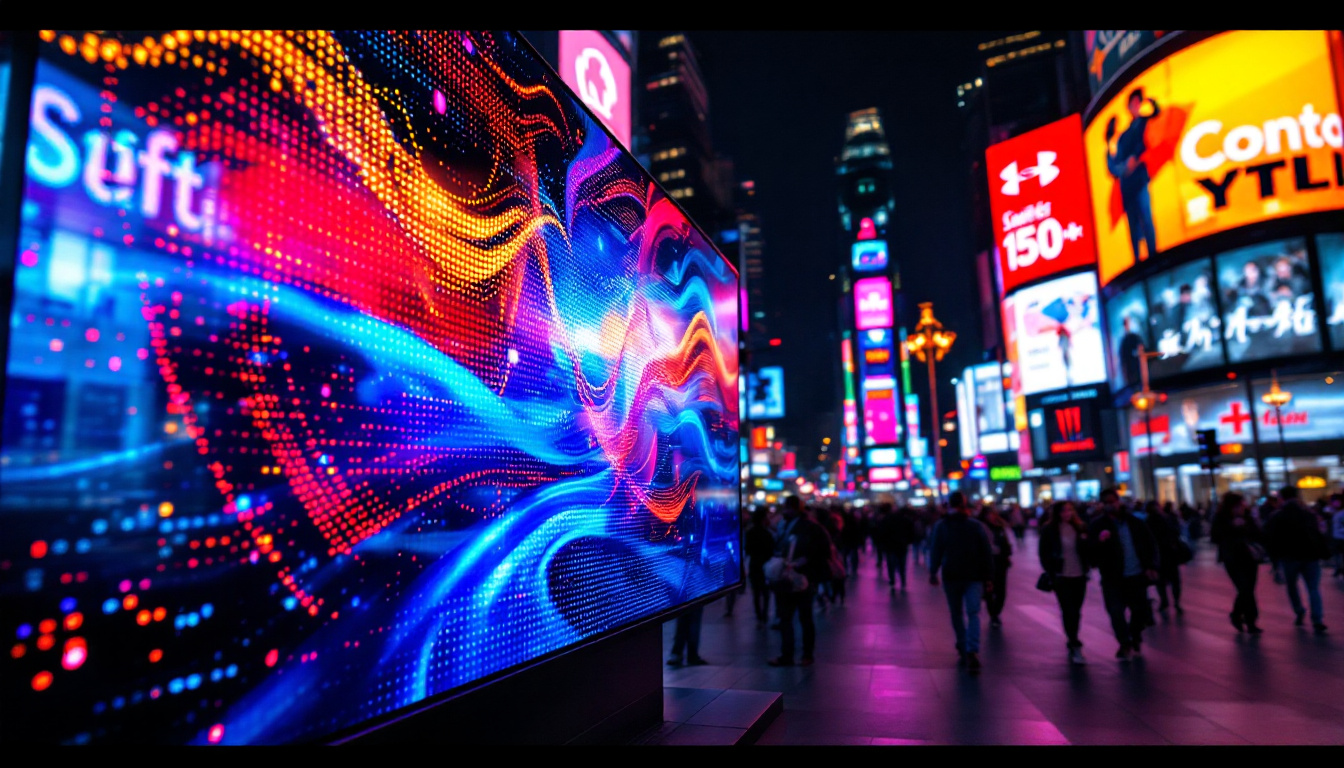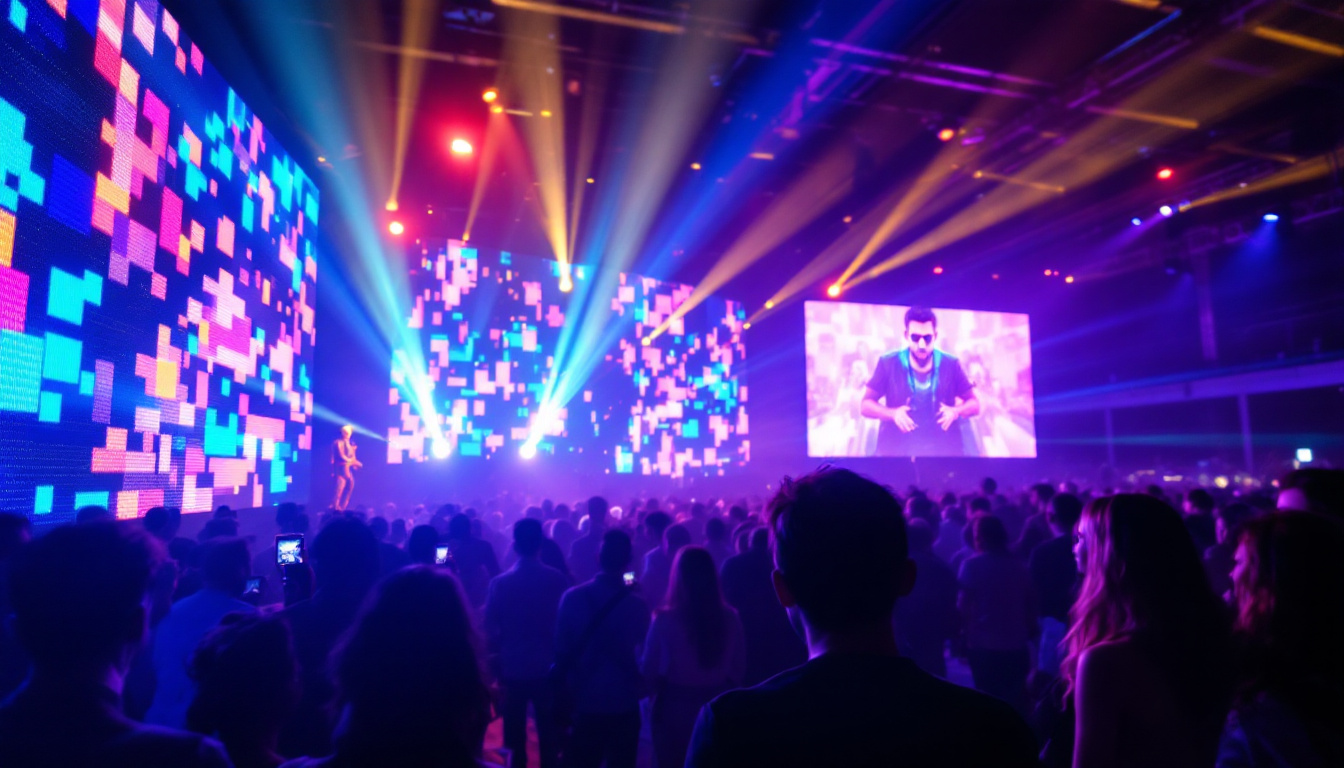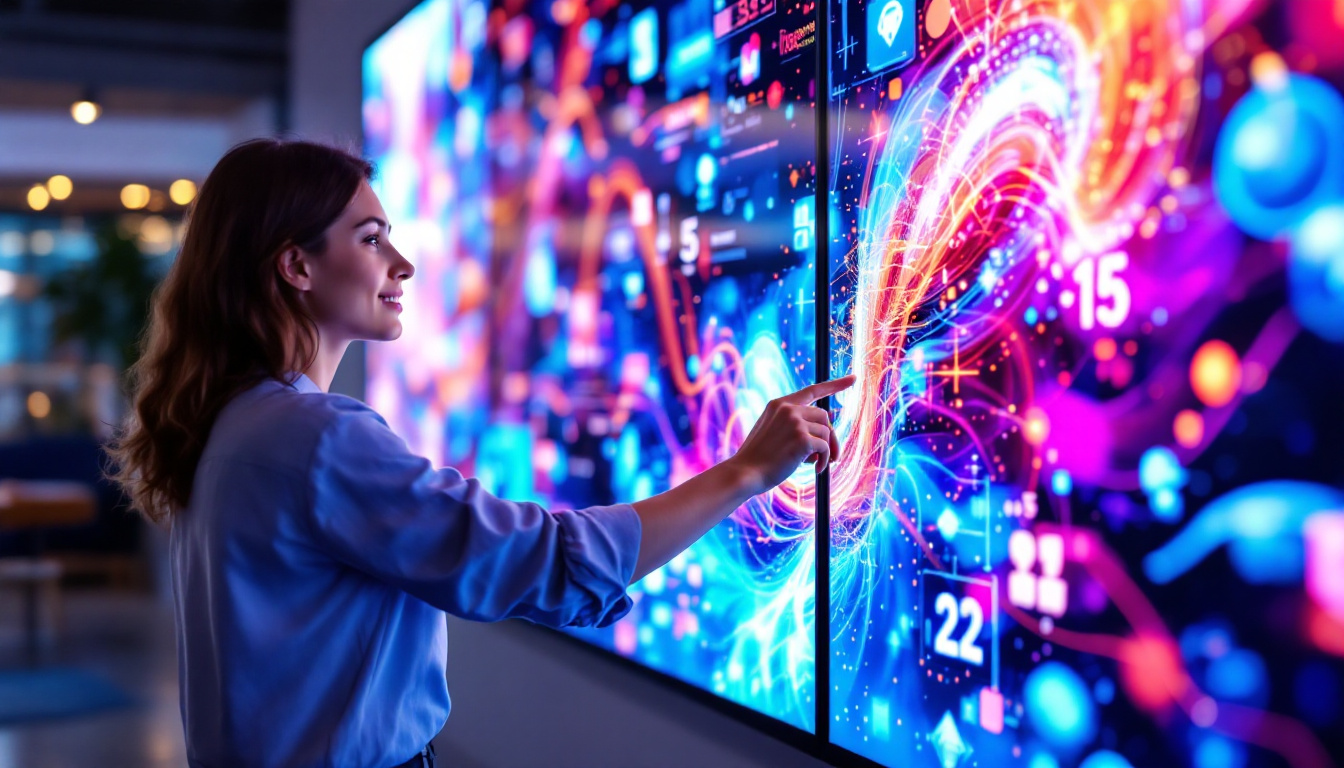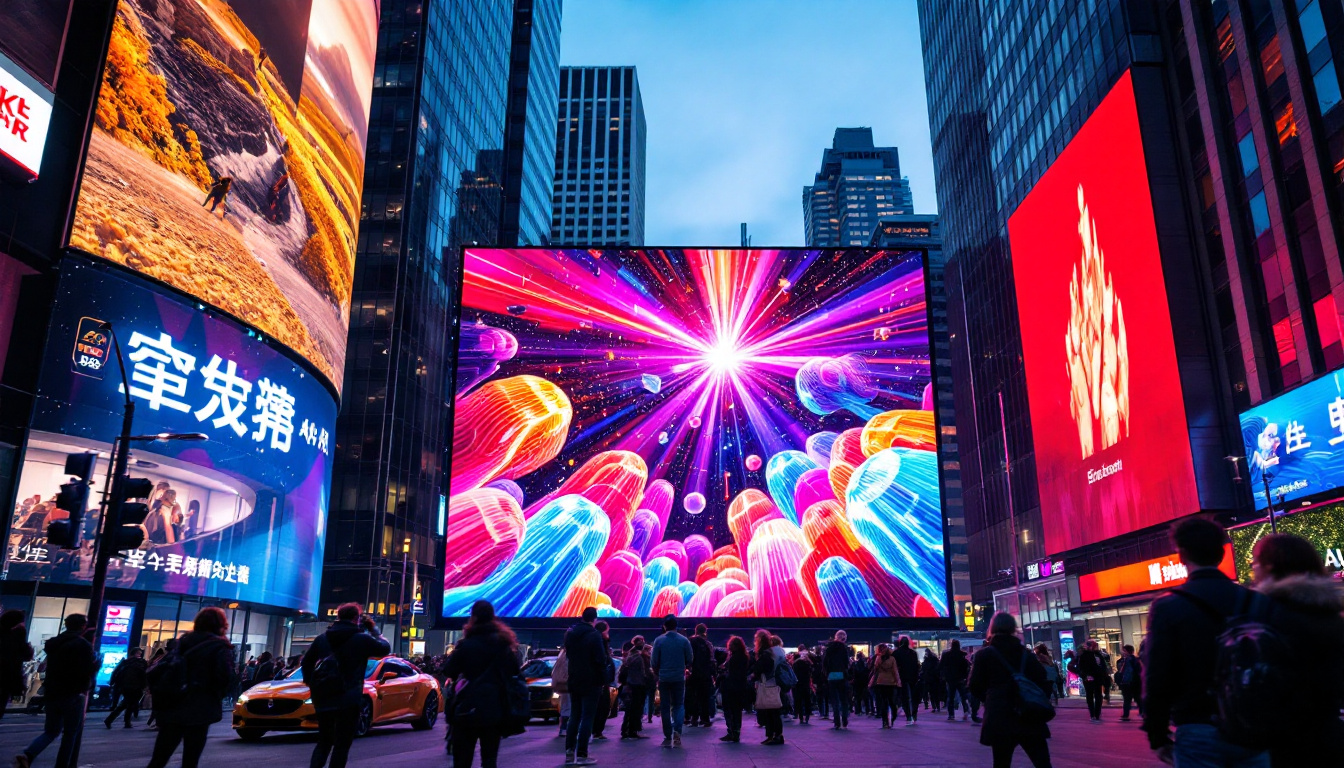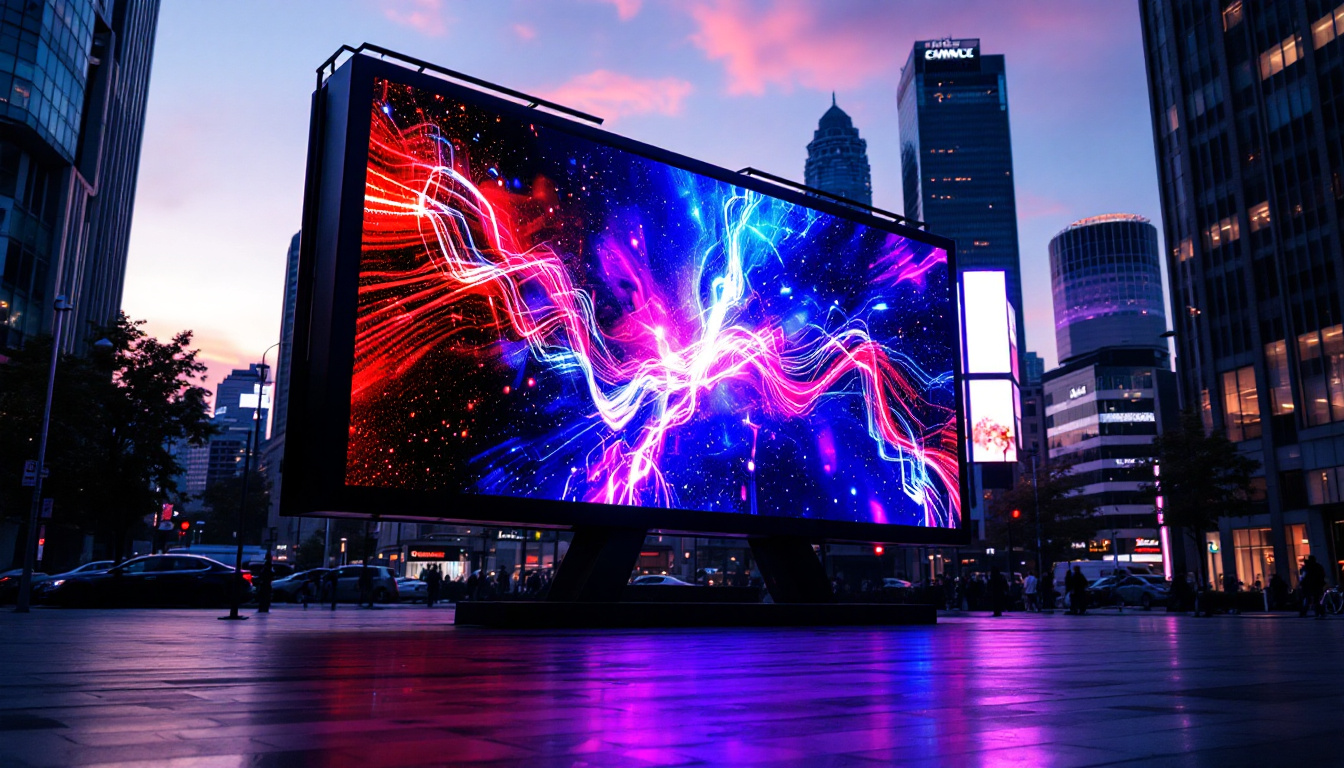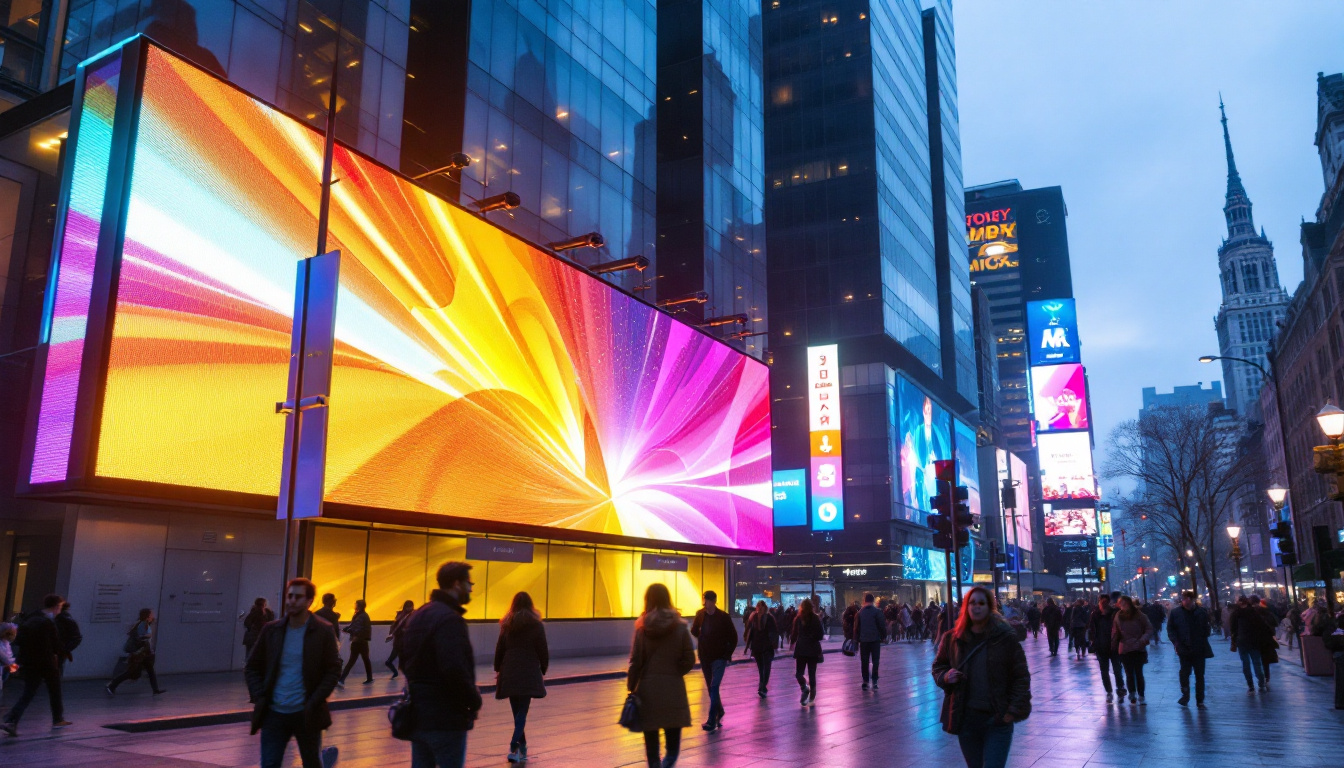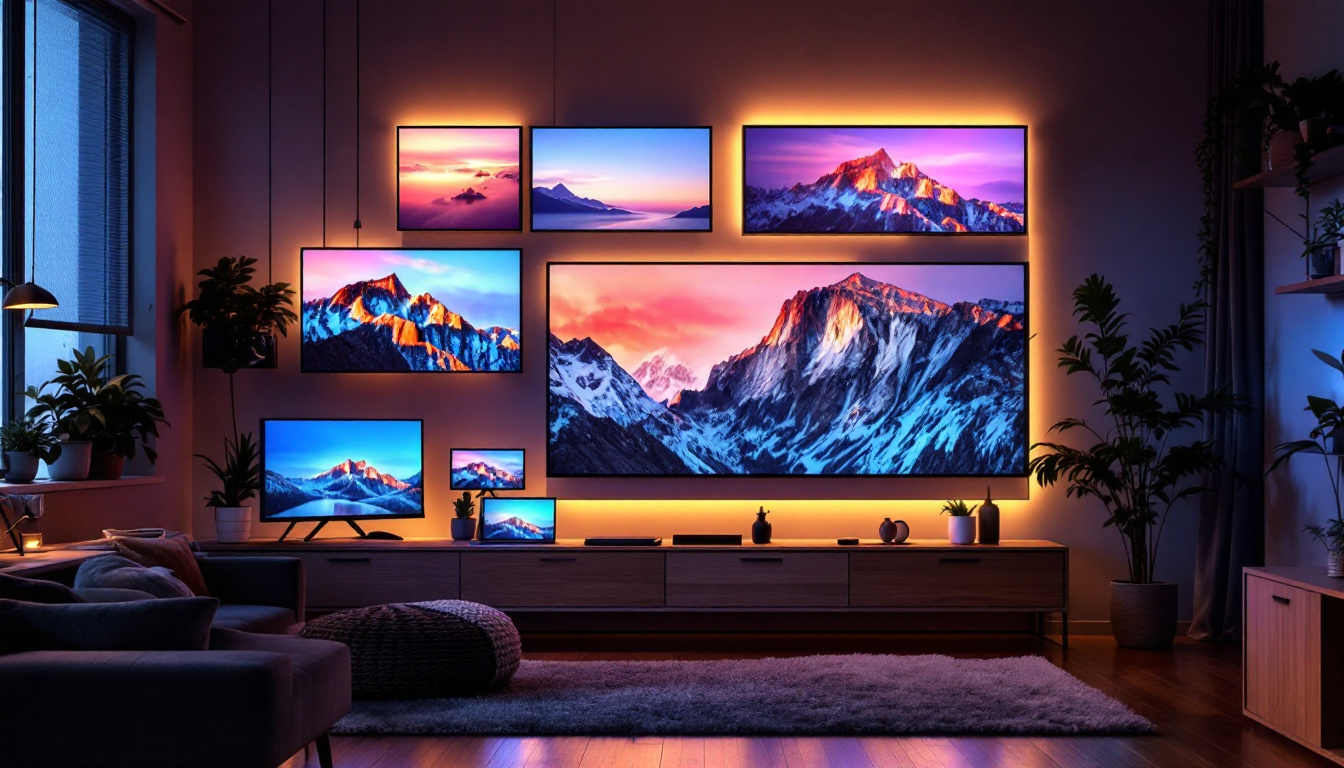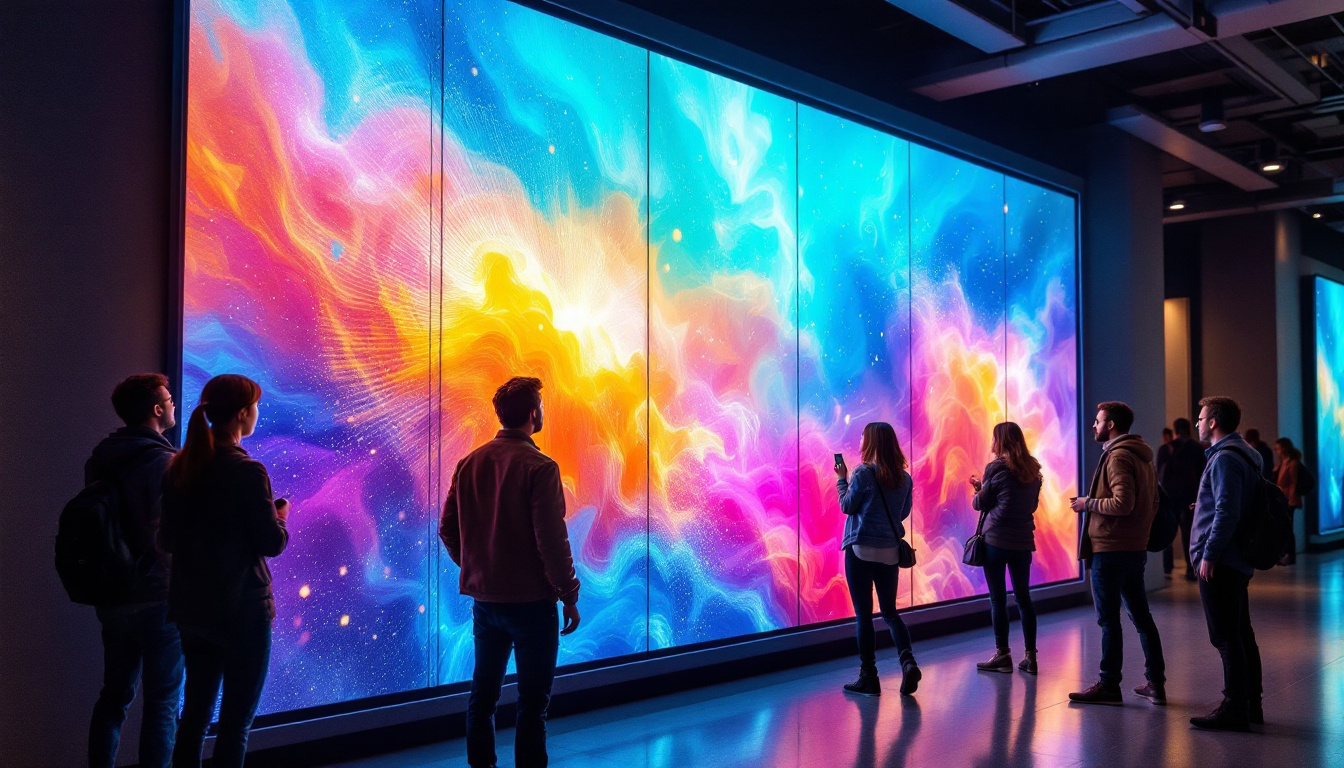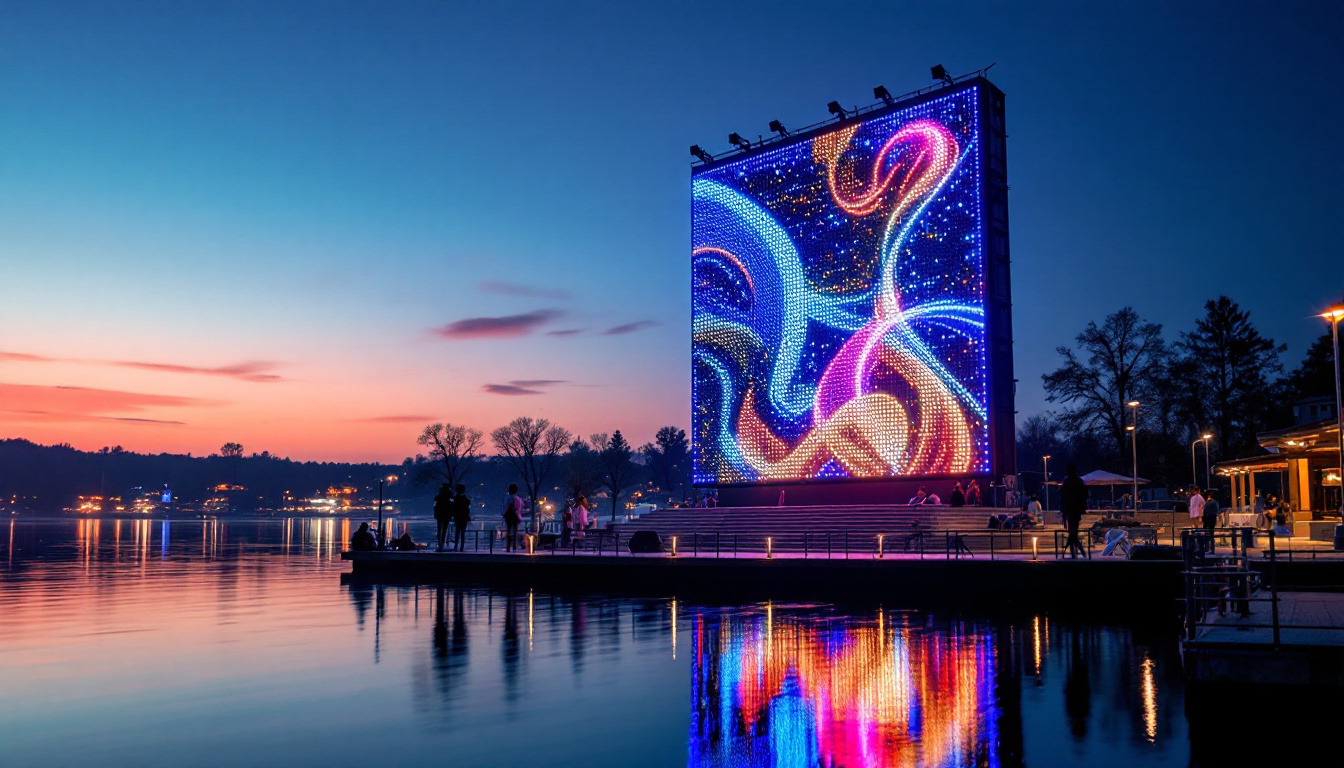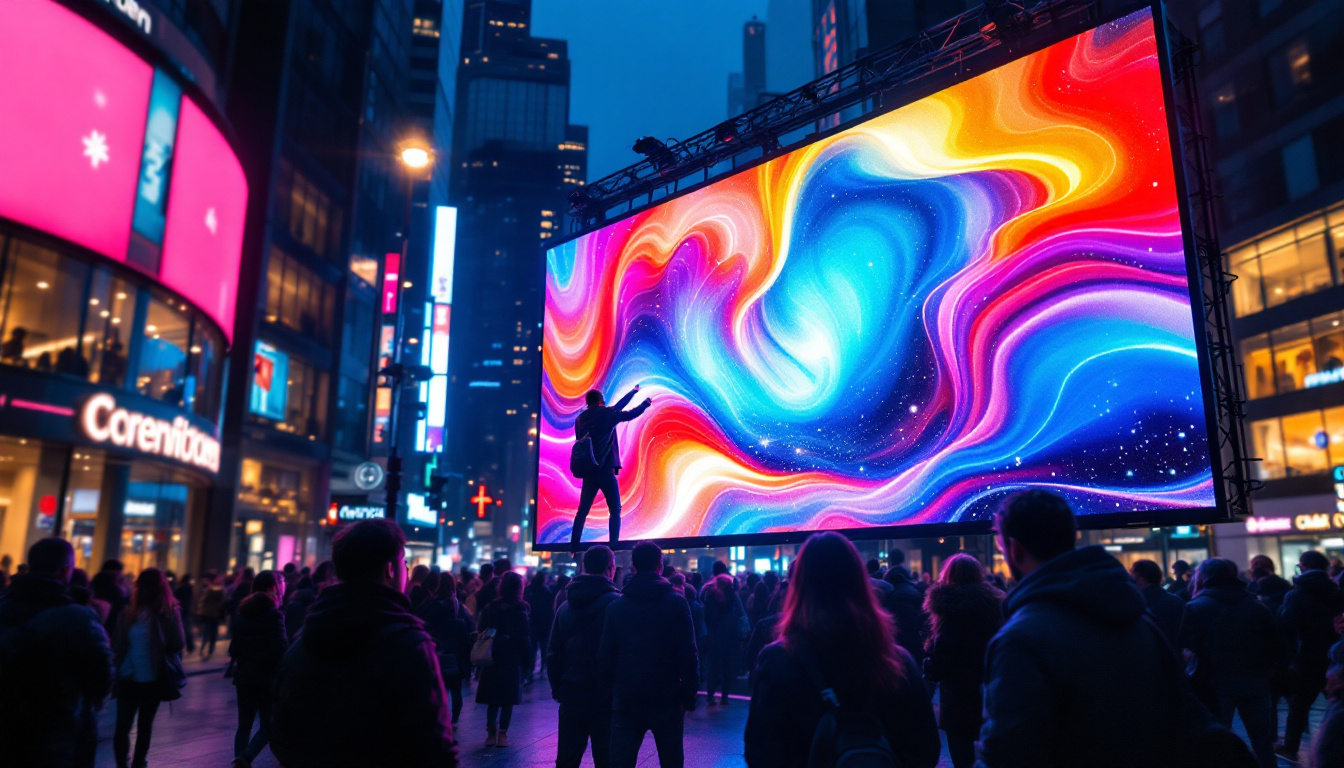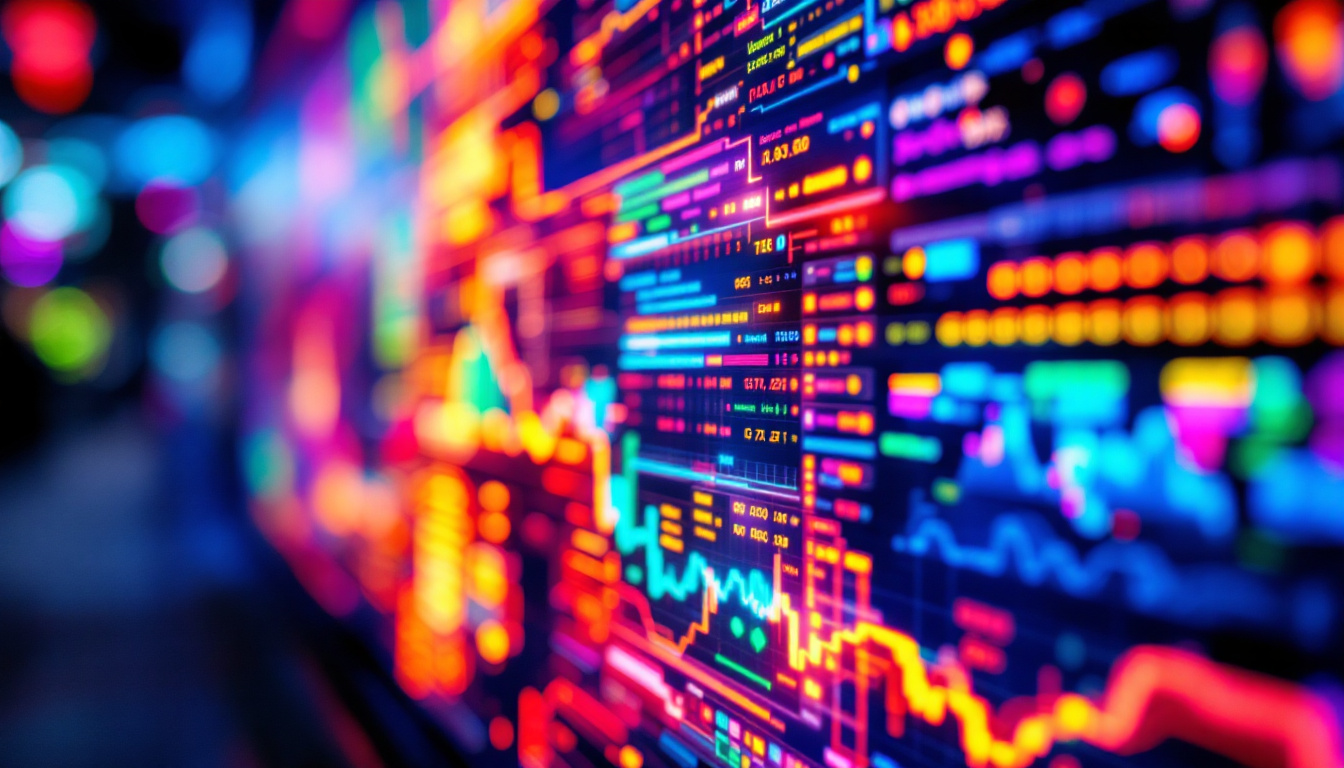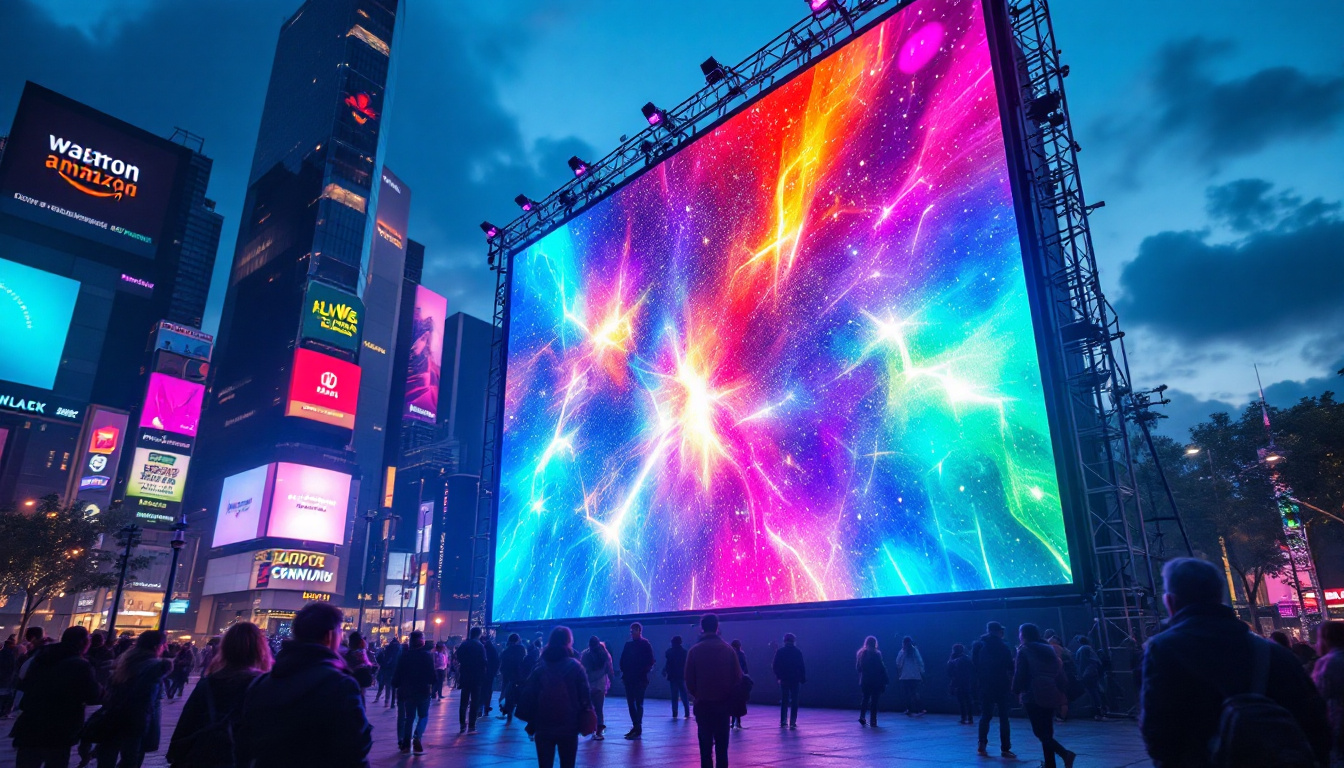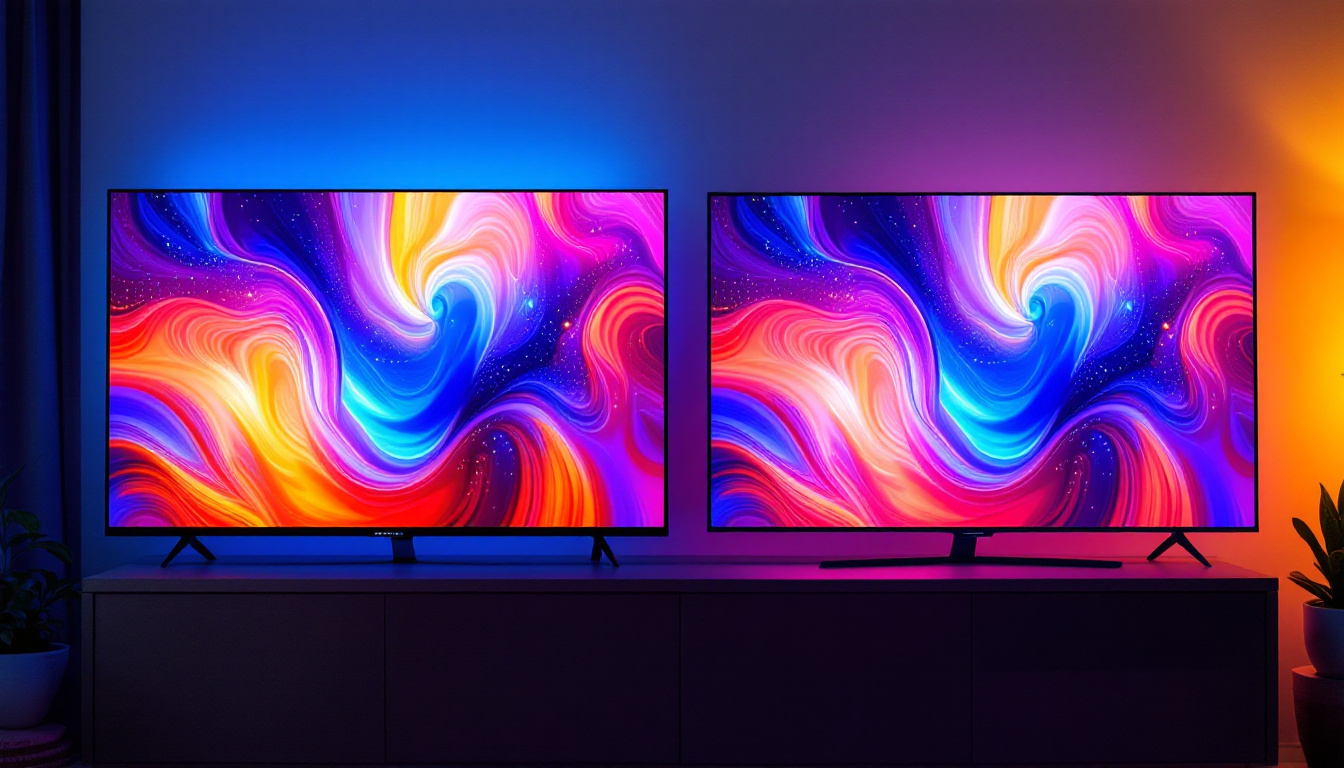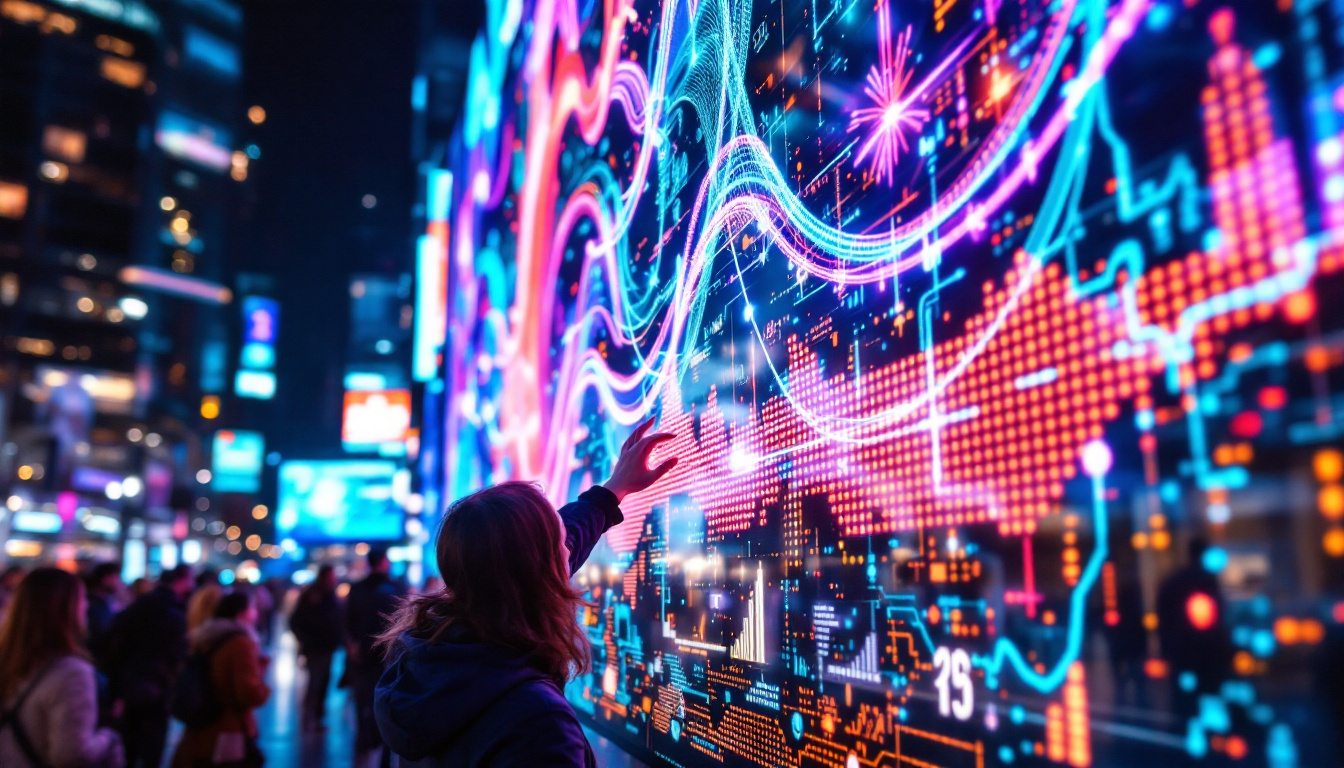In today’s fast-paced digital world, the need for effective communication has never been greater. One of the most impactful ways to convey information is through digital display systems, particularly LED displays. These systems have revolutionized advertising, information dissemination, and entertainment, offering vibrant visuals and dynamic content. This article delves into the intricacies of LED display technology, its applications, advantages, and future trends.
Understanding LED Display Technology
LED, or Light Emitting Diode, technology has transformed the landscape of digital displays. Unlike traditional display systems, which rely on backlighting or projection, LED displays utilize small diodes that emit light when an electric current passes through them. This fundamental difference not only enhances energy efficiency but also improves the overall quality of the display. The longevity of LED technology is another significant advantage, with many LED displays boasting a lifespan of over 100,000 hours, significantly reducing replacement costs and waste.
How LED Displays Work
At the core of an LED display are individual pixels composed of red, green, and blue diodes. By varying the intensity of these colors, an extensive range of hues can be created, allowing for stunning visuals. The arrangement of these pixels can vary, leading to different types of LED displays, including direct view and surface-mounted options. The technology behind LED displays also allows for rapid refresh rates, which is crucial for displaying fast-moving images or video content without blurring, making them ideal for sports events and concerts.
Direct view LED displays are commonly used for large outdoor screens, while surface-mounted displays are often found in indoor applications. The resolution of an LED display is determined by the pixel pitch, which is the distance between the centers of adjacent pixels. A smaller pixel pitch results in higher resolution and sharper images, making it ideal for close viewing distances. Furthermore, advancements in LED technology have led to the development of high dynamic range (HDR) capabilities, enhancing contrast and color accuracy, which is particularly beneficial for applications requiring precise visual representation.
Types of LED Displays
LED displays come in various forms, each suited for specific applications. The most common types include:
- Indoor LED Displays: Designed for use in controlled environments, these displays offer high resolution and brightness, making them ideal for venues like shopping malls, conference rooms, and theaters. Their ability to display vibrant colors and detailed graphics makes them a favorite among advertisers and event organizers.
- Outdoor LED Displays: Built to withstand harsh weather conditions, outdoor displays are typically larger and brighter, ensuring visibility even in direct sunlight. These displays often incorporate advanced technologies such as automatic brightness adjustment to optimize visibility based on ambient light conditions.
- Transparent LED Displays: These innovative displays allow light to pass through, making them perfect for applications where visibility is essential, such as storefronts and exhibitions. They provide a unique way to showcase products while maintaining an open and airy feel, allowing customers to see both the display and the surroundings.
Additionally, there are specialty LED displays like flexible LED screens, which can be bent or shaped to fit unconventional spaces, and high-definition LED walls that create immersive environments for gaming and virtual reality experiences. As the technology continues to evolve, we can expect to see even more innovative applications of LED displays in various industries, from advertising to entertainment and beyond.
Applications of LED Displays
The versatility of LED displays makes them suitable for a wide range of applications across various industries. From advertising to entertainment, their impact is profound and far-reaching.
Advertising and Marketing
One of the most prominent uses of LED displays is in advertising. Billboards, digital signage, and retail displays leverage the vibrant colors and dynamic content capabilities of LED technology to capture the attention of potential customers. With the ability to change messages in real-time, businesses can promote sales, events, and new products effectively.
Moreover, LED displays can be strategically placed in high-traffic areas, maximizing visibility and engagement. The interactive nature of some LED displays also allows consumers to engage with advertisements, providing a more immersive experience.
Entertainment and Events
LED displays have become a staple in the entertainment industry. Concerts, sporting events, and festivals utilize large-scale LED screens to enhance the audience’s experience. These displays can show live feeds, graphics, and animations, creating an engaging atmosphere that captivates attendees.
In addition to live events, LED technology is also used in theaters and cinemas to improve the viewing experience. High-resolution LED screens can deliver stunning visuals, making films more immersive than ever before.
Information Dissemination
LED displays play a crucial role in information dissemination, particularly in public spaces. Airports, train stations, and bus terminals utilize LED screens to provide real-time updates on schedules, delays, and important announcements. This instant access to information enhances the overall travel experience, reducing confusion and improving efficiency.
Additionally, educational institutions are increasingly adopting LED displays for classrooms and auditoriums. These displays facilitate interactive learning and presentations, making education more engaging for students.
Advantages of LED Displays
LED displays offer numerous advantages over traditional display technologies, making them a preferred choice for many applications.
Energy Efficiency
One of the most significant benefits of LED displays is their energy efficiency. Compared to traditional incandescent or fluorescent lighting, LED technology consumes significantly less power. This not only reduces operational costs but also contributes to environmental sustainability.
Furthermore, LED displays generate less heat, which can lead to lower cooling costs in indoor environments. This energy efficiency is especially beneficial for businesses looking to reduce their carbon footprint and operational expenses.
Longevity and Durability
LED displays are known for their longevity, often lasting up to 100,000 hours or more. This durability translates to lower maintenance and replacement costs over time. Additionally, many LED displays are designed to withstand harsh environmental conditions, making them suitable for outdoor use.
The robust construction of LED displays also means they are less prone to damage from impacts or vibrations, further enhancing their lifespan and reliability.
High-Quality Visuals
LED displays are renowned for their exceptional visual quality. With high brightness levels, vivid colors, and excellent contrast ratios, these displays can deliver stunning visuals that capture attention. The ability to produce high-resolution images makes them ideal for applications where detail is crucial.
Moreover, LED technology allows for wide viewing angles, ensuring that content is visible from various positions. This feature is particularly important for outdoor displays, where viewers may be positioned at different angles.
Challenges and Considerations
While LED displays offer numerous advantages, there are also challenges and considerations that businesses and organizations must take into account before investing in this technology.
Initial Costs
The initial investment for LED displays can be higher than traditional display technologies. Although prices have decreased over the years, the upfront costs can still be a barrier for some businesses. However, it is essential to consider the long-term savings in energy and maintenance costs when evaluating the overall value of LED displays.
Content Management
To maximize the effectiveness of LED displays, businesses need to invest in content management systems that allow for easy updates and scheduling of content. This can require additional training and resources, particularly for organizations that are not familiar with digital signage.
Furthermore, creating engaging and visually appealing content is crucial for capturing the audience’s attention. This may require collaboration with designers and marketing teams, adding another layer of complexity to the implementation process.
Environmental Impact
Although LED displays are more energy-efficient than traditional technologies, the environmental impact of their production and disposal should not be overlooked. The manufacturing process involves the use of various materials, some of which may not be environmentally friendly. Additionally, proper disposal and recycling of LED displays at the end of their lifespan are essential to minimize their ecological footprint.
Future Trends in LED Display Technology
The LED display industry is continually evolving, with new advancements and trends shaping its future. Understanding these trends can help businesses stay ahead of the curve and make informed decisions about their display technology.
Advancements in Resolution
As technology progresses, the demand for higher resolution displays continues to grow. The introduction of microLED and miniLED technologies is paving the way for displays with even greater pixel density and improved color accuracy. These advancements will enable the creation of ultra-high-definition displays that provide an unparalleled viewing experience.
Moreover, as 8K content becomes more prevalent, the need for displays that can support such resolutions will increase, pushing manufacturers to innovate further.
Integration with Smart Technology
Smart technology integration is becoming a significant trend in the LED display industry. With the rise of the Internet of Things (IoT), LED displays can now be connected to various devices and systems, allowing for real-time data sharing and interactivity. This integration can enhance the functionality of digital signage, enabling businesses to tailor content based on audience behavior and preferences.
Additionally, advancements in artificial intelligence and machine learning are expected to play a role in content management, allowing for automated updates and personalized messaging based on viewer demographics.
Sustainability Initiatives
As environmental concerns continue to rise, the LED display industry is focusing on sustainability initiatives. Manufacturers are exploring eco-friendly materials and production processes to reduce the environmental impact of their products. Furthermore, recycling programs for old LED displays are becoming more common, ensuring that electronic waste is managed responsibly.
Businesses that prioritize sustainability in their display technology choices may not only reduce their ecological footprint but also enhance their brand image among environmentally conscious consumers.
Conclusion
LED display technology has become an integral part of modern communication, offering vibrant visuals and dynamic content that engage audiences across various sectors. From advertising to entertainment and information dissemination, the applications of LED displays are vast and varied.
While there are challenges to consider, the advantages of LED displays, including energy efficiency, durability, and high-quality visuals, make them a compelling choice for businesses and organizations. As the industry continues to evolve with advancements in resolution, smart technology integration, and sustainability initiatives, the future of LED displays looks promising.
Investing in LED display technology can provide organizations with a powerful tool for communication, marketing, and engagement, ensuring they remain competitive in an increasingly digital world.
Explore Cutting-Edge LED Display Solutions with LumenMatrix
Ready to elevate your visual communication and captivate your audience like never before? Discover LumenMatrix’s innovative range of LED display solutions, from vibrant Indoor and Outdoor LED Wall Displays to dynamic Vehicle and Sports Displays. Whether you’re looking to create immersive environments with Floor LED Displays, engage passersby with LED Poster Displays, or make a statement with Custom and All-in-One LED solutions, LumenMatrix has you covered. Embrace the future of digital signage with our LED Transparent Displays and revolutionize your brand’s visibility today. Check out LumenMatrix LED Display Solutions and join the visual revolution.

